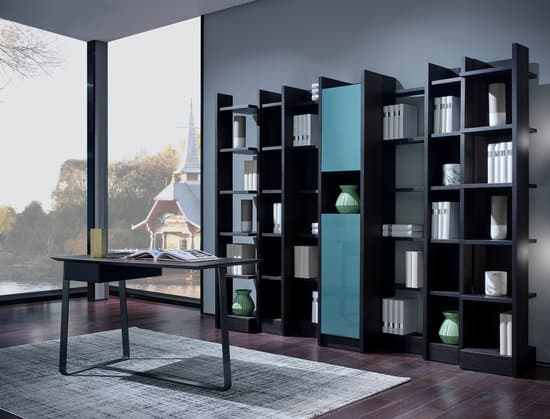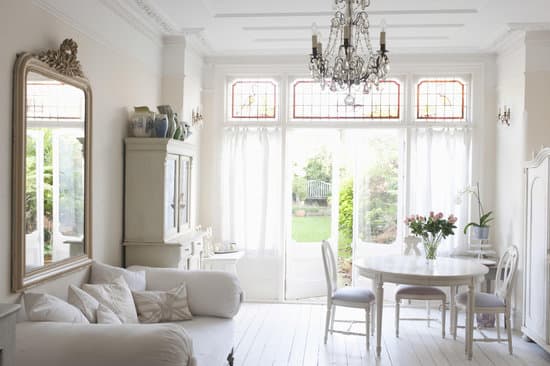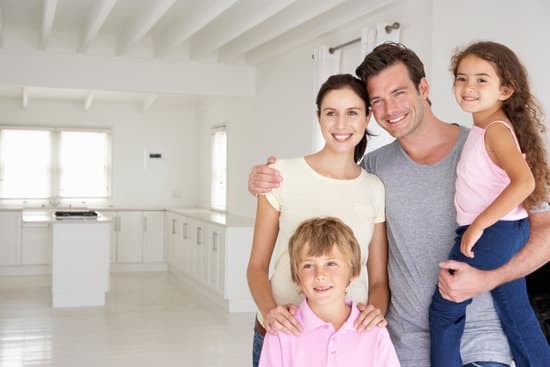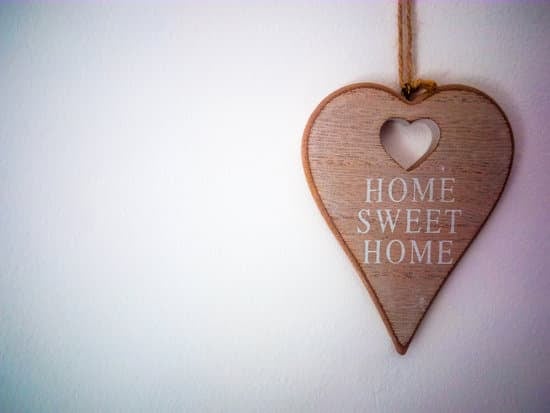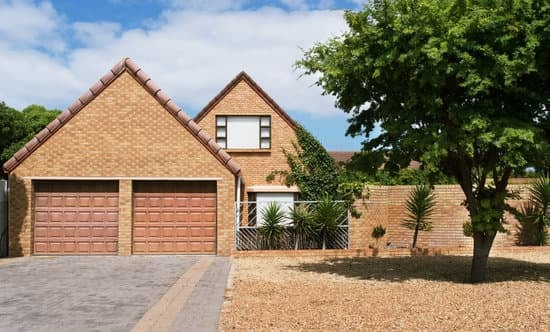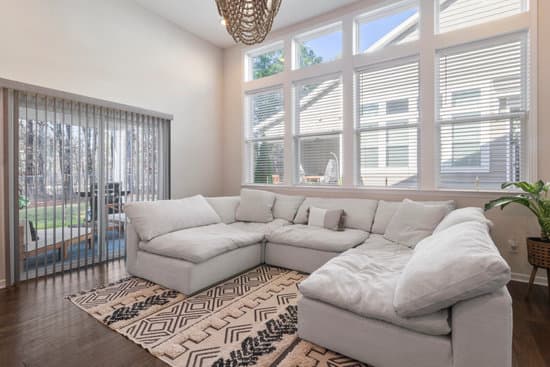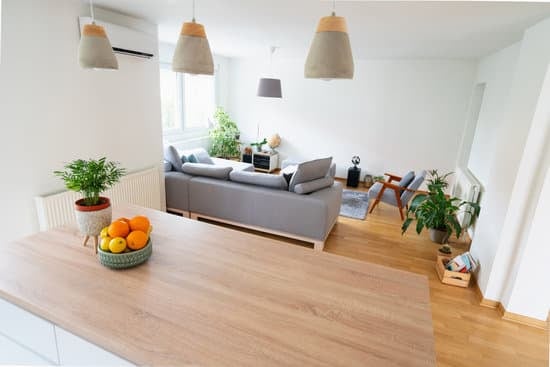The disappearance of front porches in modern homes is a topic of interest for many homeowners and history enthusiasts alike. The advancements in technology of air conditioning played a significant role in the downfall of front patios, but there are other reasons why porches are becoming a thing of the past. Here are some of the factors that contributed to the lack of front porches:
Preference for privacy: With the rise of suburban living, people started to value their privacy more and avoid the outside world. Front porches used to be a place to interact with neighbors and passersby, but now people prefer to keep to themselves.
Changing architectural styles: The trend in architecture shifted towards modern, minimalistic designs that focus on functionality rather than decorative features like front porches. Homes are now built to be more compact, with smaller footprints that don’t allow for the luxury of a front porch.
Increased noise pollution: With the growth in population and traffic, front porches have become less peaceful and more exposed to noise. This makes it less of an ideal spot for relaxation and entertainment.
Costs: Adding a front porch to a home is an additional expense that some homeowners may not be willing to incur. The cost of construction and maintenance of a porch may be considered too high and not worth it in the long run.
While the front porch has lost its popularity, it’s worth noting that some newer homes still have this feature. In recent years, there has been a renewed interest in porches as people are beginning to realize their benefits such as improving curb appeal, providing additional living space, and connecting with the outdoors.






